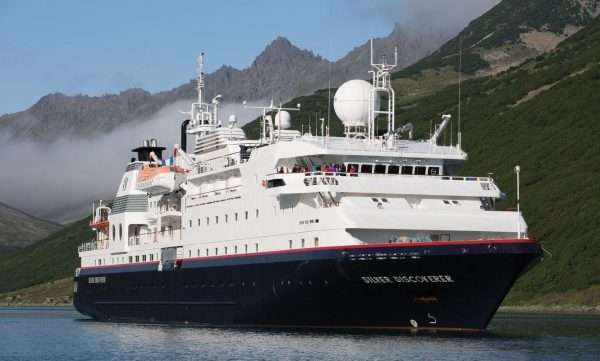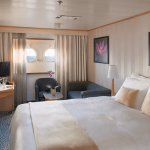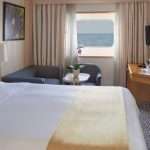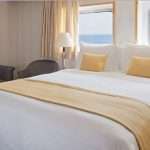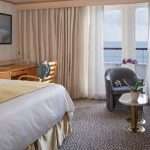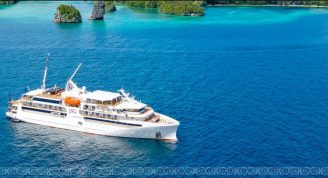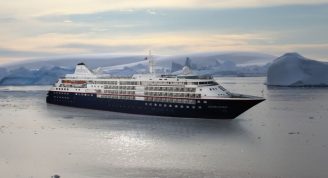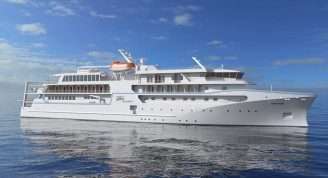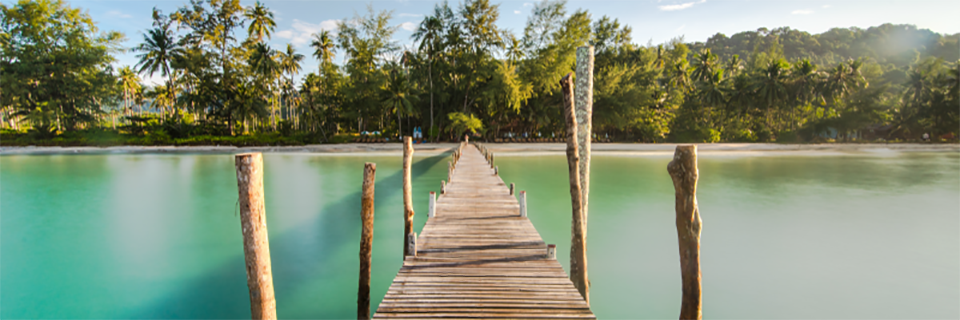Description
Distant islands of soaring peaks, atolls encircling lagoons, and palm-dotted paradise islands – see the vivid beauty of the South Pacific for yourself. Begin among the stingrays and black tip sharks of Fiji and Tonga, embracing warm welcomes amid white sands and lush volcanic slopes. Celebrate gaining a day as we cross the Date Line – more time to explore the idyllic beaches and crystal-clear waters of the Cook Islands and to scuba dive in French Polynesia.
Trip Name
17 Days Luxury French Polynesia Cruise - Lautoka to Papeete
Days
17
Overview
Vessel Type: Luxury Expedition
Length: 157 m
Passenger Capacity: 200/260
Built: 1994 Refurbished & Rebranded: 2017
Silver Cloud delivers one of the most personalised expedition experiences at sea, blending ultra-luxury with true adventure. As Silversea’s first crossover ship, she’s built for both comfort and exploration, offering large ocean-facing suites—80% with verandas—and an impressive 1:1 crew-to-guest ratio. With 20 Zodiacs and 10 kayaks, guests enjoy unparalleled access to remote locations, while expert-led excursions ensure meaningful encounters with nature and culture alike. From the icy reaches of Antarctica to the sun-kissed South Pacific, Silver Cloud brings the remarkable within easy reach.
On board, refined living continues with four elegant dining venues, including French fine dining at La Dame and authentic Italian at La Terrazza. Relax in stylish public areas such as the Panorama Lounge or Connoisseur’s Corner, indulge in world-class spa treatments, or learn more about your destinations from passionate experts in the Explorer Lounge. Whether you’re cruising the Kimberley or the Chilean fjords, Silver Cloud offers a sophisticated base for discovering the far corners of the world in sublime comfort.


